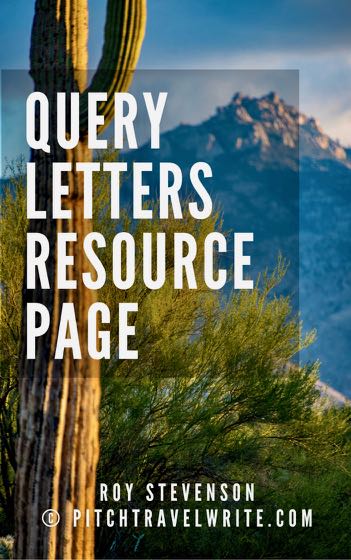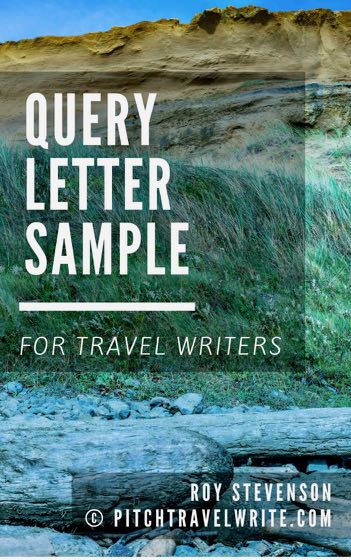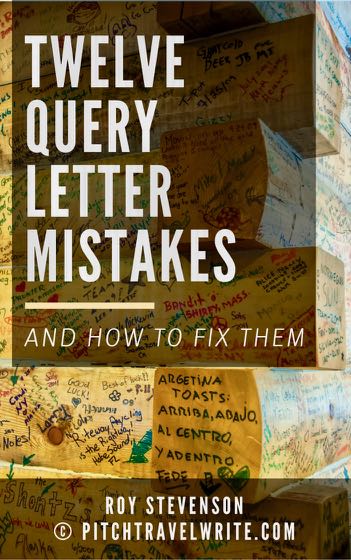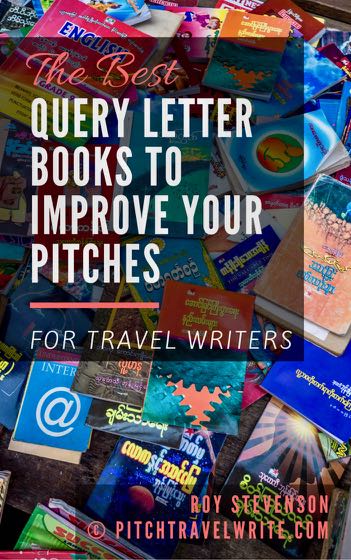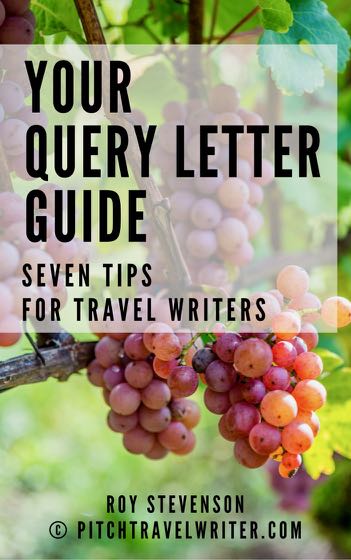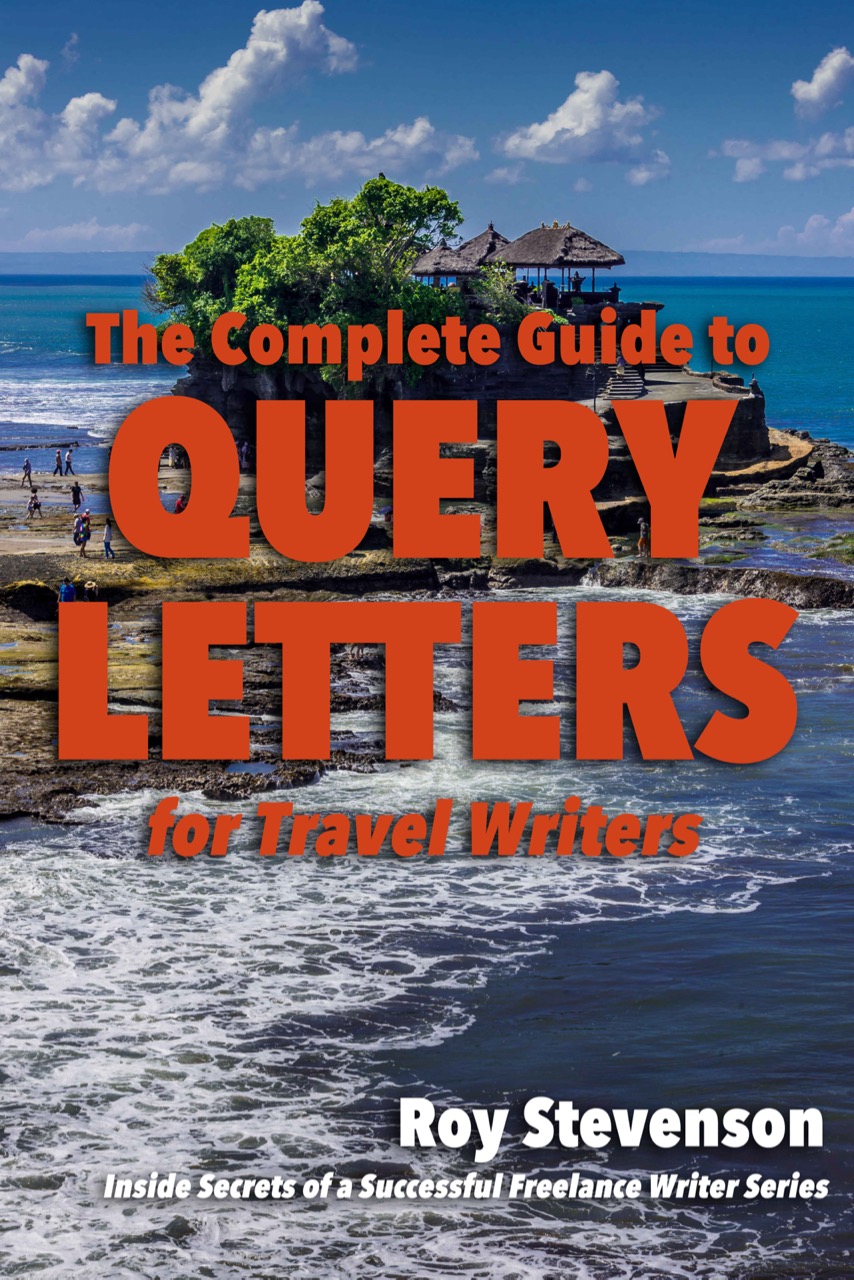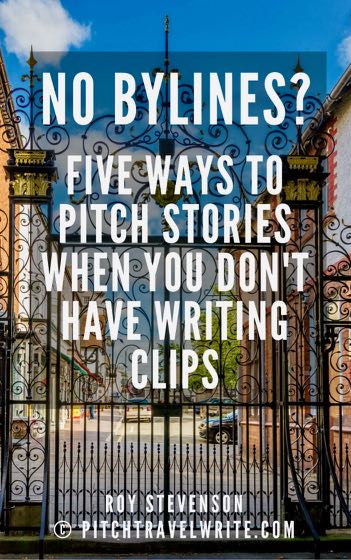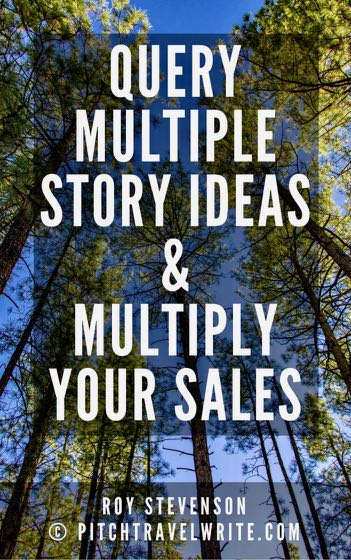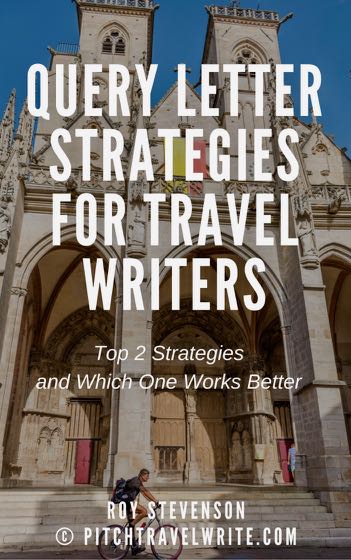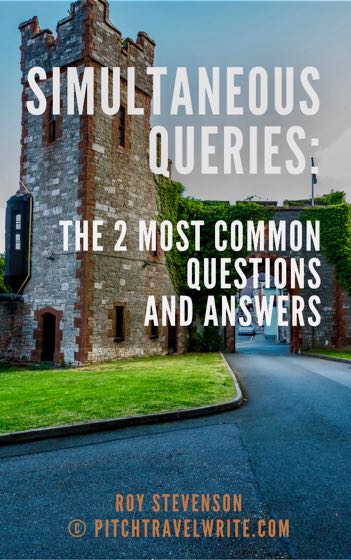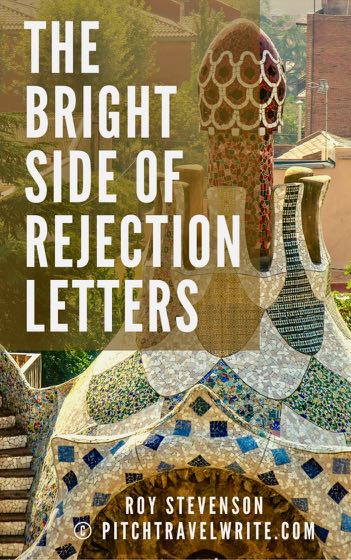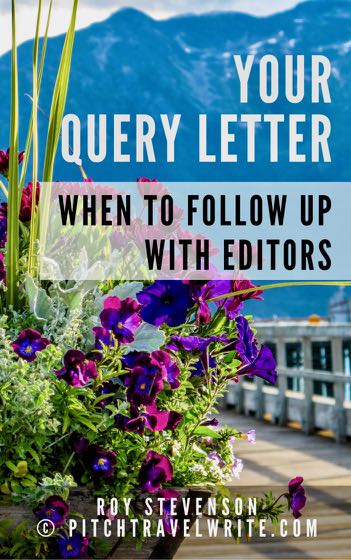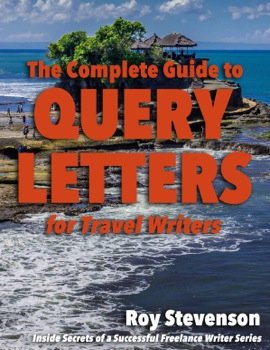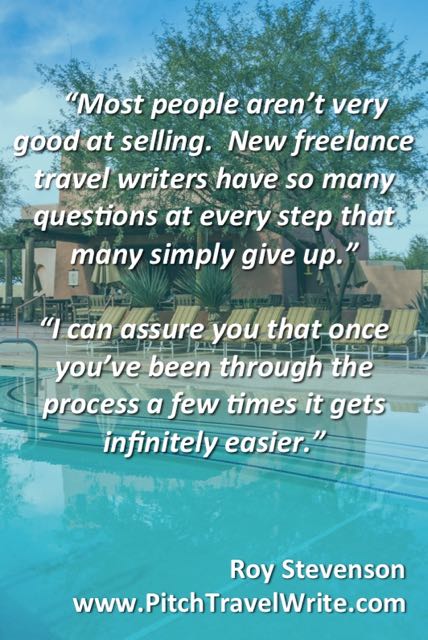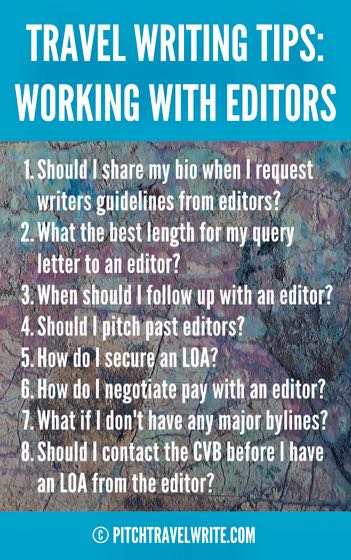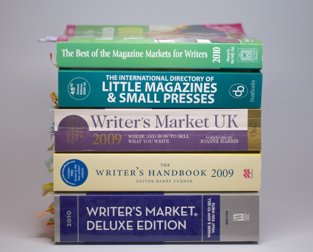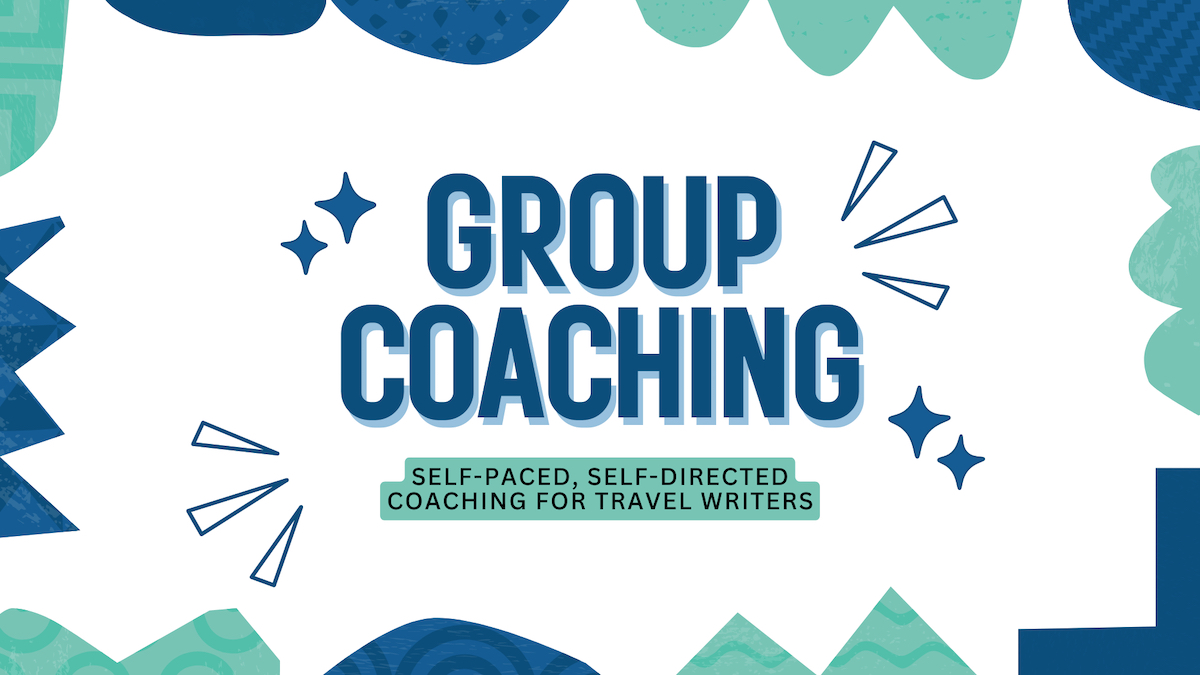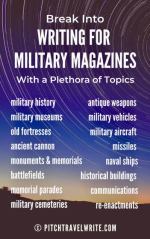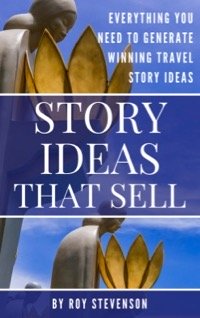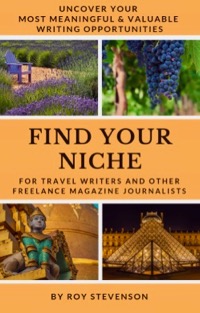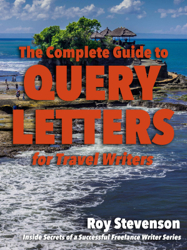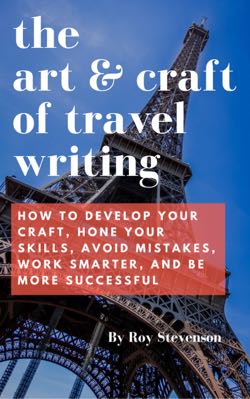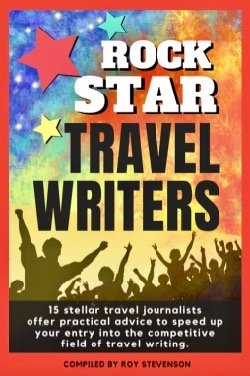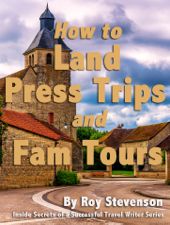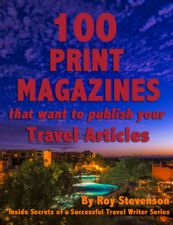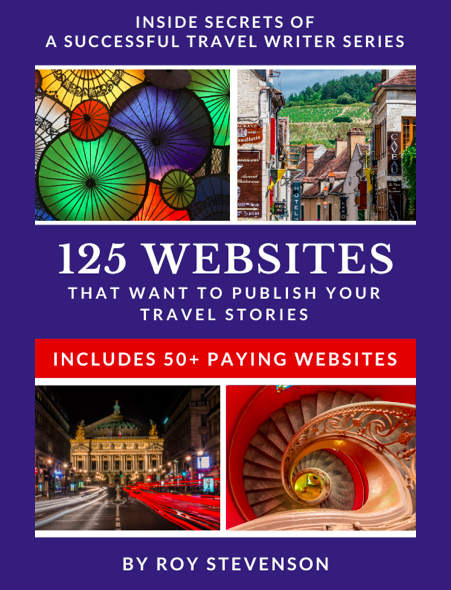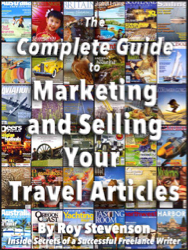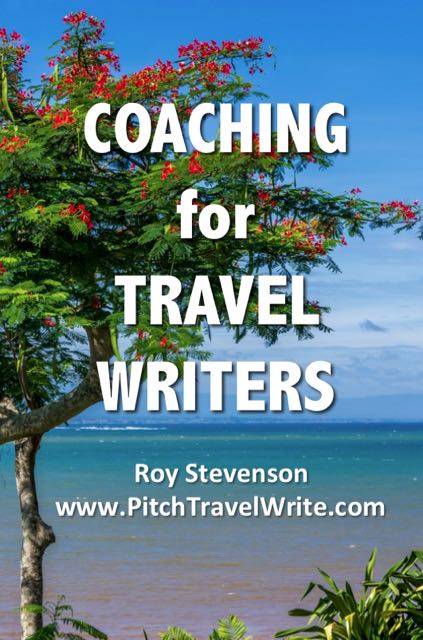- Home
- Query Letters
Writing a Query Letter
to Sell Your Articles
By Roy Stevenson
Everyone starting out as a freelancer needs to learn the basics of writing a query letter.
The query letter is your most important sales tool. It's not an optional tool -- it's your sales pitch. It explains your story idea in enough detail to arouse the curiosity of an editor. It also points out how and where the story might fit into the magazine or publication.
Query letters are typically only a page or two long. Anything longer is a waste of time and won't be read.
A writer needs to know how to write in clear and concise language. It's important to get your ideas across to the editor in a short query letter document. By using clear and concise language you'll also be showcasing your writing skills to an editor.
Most query letters include four main parts:
The introduction – this is the part where you tell the editor what your story is about and to catch the editor’s attention. This is the most important section to capture the editor's attention. It should make the editor want to read more.
The body – this is where you fill in details about your story so that the editor knows that you know about your topic enough to write a good story. This is where all your research pays off. You can pull out the most interesting aspects and highlight them for the editor.
Your bio – here’s the spot where you get to brag a little. You need to present your bylines to the editor if you’ve been published before. Don't overdo it, but also don't be too modest. If you haven't been published before, you need to convince the editor that you have the expert knowledge needed to write the article. If you've done your research and have enthusiasm for the topic, it should reflect this in your bio.
The closing – this is where you let the editor know what happens next. Here are some examples:
- Will you call the editor in a couple weeks to follow-up?
- Will you wait to hear from the editor?
- State the next step so the editor knows what to expect
These are the four sections your query letter should include. Learn to write these sections well and you'll have query letters that successfully sell your story ideas.
Writing a Query Letter Successfully
At the time of this writing, I’ve had more than 1000 articles published around the world. I attribute a significant part of this success with my ability to write good query letters. Without good -- or great -- query letters, editors simply delete your query and move on.
I’ve never met most of the editors who have published my articles, although I go out of my way to get to know them when I can. The point is, they didn’t know me when they decided to purchase my articles. So it was my query letters, and the story ideas described, that sold the article.
Most of the articles you sell will be purchased by editors who don't know you. That's why your query letter is your most important sales tool. The editor learns about you by reading your pitch -- your query letter -- and then makes a decision about your story idea based on this small amount of information. You want to make a good impression.
My eBook, The Complete Guide to Query Letters for Travel Writers tells you everything you need to know about writing a query letter. It includes twenty query letters in different genres and for different markets that I have used to successfully sell my travel stories. There's a 1-2 page introduction for each letter so that you will understand what made each of those queries successful.
This eBook can be used as a basis for all your query letters, especially when you're first starting out. Use my query letter as a template, change the information for your own travel story, and send it to the editor. By using my query letters as templates for your own, you'll learn how to write compelling query letters with ease.
Making More Money with Each Query Letter
There are a few strategies you can use to make your query letters more powerful in terms of earnings. Writing a query letter can be magical when you use some of these strategies. It can land you assignments you would have otherwise missed out on - so be sure to read these posts and learn how to improve your pitch rate.
There's also a post about rejection. Some writers suffer from rejection and it stops them from continuing to pitch stories. Read the post The Bright Side of Rejection Letters and overcome your fear of rejection. In fact, you'll learn to use rejection to help propel you forward.
There's no need to struggle with writing a query letter.
Here's a guide that tells you everything you need to know, along with 20 sample query letters that you can use as templates to help you write your own queries.
It's a steal at less than $20.

Roy Stevenson is a professional travel writer and the author of www.PitchTravelWrite.com. Over the past ten years, he’s had more than 1000 articles published in 200 magazines, trade and specialty journals, in-flights, on-boards, blogs and websites and has traveled on assignment around the U.S. and to dozens of international destinations.
IF YOU ENJOYED THIS POST, GET UPDATES. IT'S FREE.
